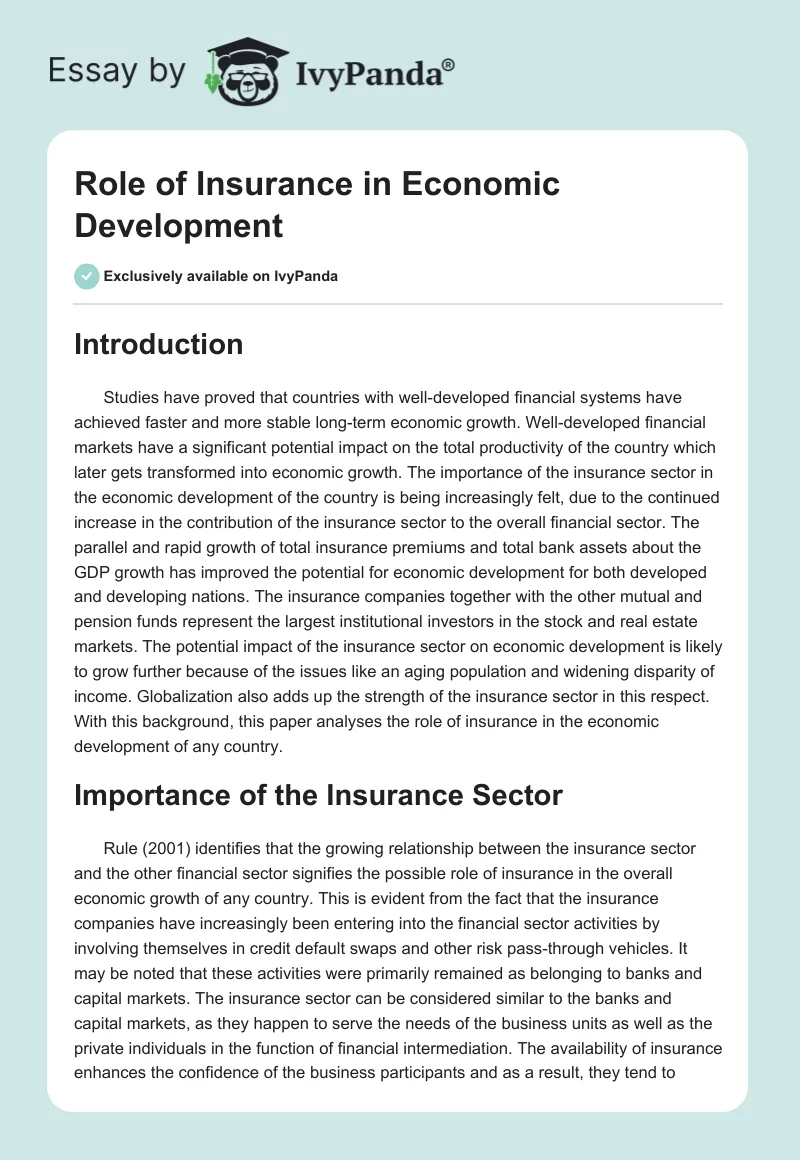More About Pacific Prime
What Does Pacific Prime Do?
Table of Contents4 Easy Facts About Pacific Prime DescribedEverything about Pacific PrimeThe 45-Second Trick For Pacific PrimeNot known Factual Statements About Pacific Prime Not known Facts About Pacific Prime

This is due to the fact that the data were accumulated for a duration of solid financial performance. Of the estimated 42 million individuals that were uninsured, just about regarding 420,000 (concerning 1 percent) were under 65 years of age, the age at which most Americans end up being qualified for Medicare; 32 million were adults in between ages 18 and 65, around 19 percent of all adults in this age team; and 10 million were kids under 18 years of age, concerning 13.9 percent of all youngsters (Mills, 2000).
These estimates of the number of individuals uninsured are created from the annual March Supplement to the Present Populace Survey (CPS), conducted by the Demographics Bureau. Unless otherwise kept in mind, national estimates of people without health and wellness insurance policy and proportions of the population with different type of insurance coverage are based on the CPS, the most widely made use of source of estimates of insurance coverage and uninsurance rates.
Some Known Incorrect Statements About Pacific Prime

Still, the CPS is particularly beneficial due to the fact that it generates yearly price quotes relatively quickly, reporting the previous year's insurance coverage estimates each September, and because it is the basis for a constant collection of quotes for greater than twenty years, permitting for analysis of fads in coverage over time. For these factors, as well as the extensive use the CPS in other studies of insurance protection that are presented in this report, we depend on CPS price quotes, with limitations noted.

The quote of the variety of uninsured people expands when a population's insurance coverage condition is tracked for a number of years. Over a three-year period starting early in 1993, 72 million people, 29 percent of the united state populace, lacked protection for at least one month. Within a solitary year (1994 ), 53 million individuals experienced a minimum of a month without protection (Bennefield, 1998a)
Six out of every 10 uninsured adults are themselves employed. Functioning does enhance the possibility that one and one's household participants will have insurance policy, it is not a warranty. Even participants of households with two full-time wage earners have nearly a one-in-ten chance of being without insurance (9.1 percent uninsured price) (Hoffman and Pohl, 2000).
What Does Pacific Prime Mean?
New immigrants represent a considerable proportion of individuals without medical insurance. One evaluation has connected a significant part of the current growth in the dimension of the united state without insurance populace to immigrants that arrived in the country in between 1994 and 1998 (Camarota and Edwards, 2000). Current immigrants (those that came to the USA within the past 4 years) do have a high rate of being without insurance (46 percent), but they and their youngsters represent simply 6 percent of those without insurance coverage across the country (Holahan et al., 2001).
The relationship between medical insurance and access to care is well established, as recorded later in this chapter. The relationship between health insurance and health and wellness end results is neither direct nor straightforward, a considerable scientific and health solutions study literary works links health insurance coverage to better accessibility to care, much better top quality, and improved individual and population health standing.
Degrees of analysis for examining the effects of uninsurance. It concentrates particularly on those without any type of health and wellness insurance for any kind of length of time.
The 25-Second Trick For Pacific Prime
The issues dealt with by the underinsured are in some areas similar to those faced by the uninsured, although they are generally much less serious. Health and wellness insurance coverage, nonetheless, is neither necessary nor adequate to obtain accessibility to clinical services. The independent and direct result of health and wellness insurance policy coverage on accessibility to wellness solutions is well developed.
Others will get the wellness care they need even without medical insurance, by spending for it out of pocket or seeking it from carriers that supply care totally free or at extremely subsidized rates. For still others, medical insurance alone does not guarantee receipt of treatment due to various other nonfinancial barriers, such as a lack of healthcare suppliers in their area, minimal accessibility to transport, illiteracy, or etymological and cultural distinctions.
The Greatest Guide To Pacific Prime
Formal study concerning uninsured populations in the United States dates to the late 1920s and very early 1930s when the Board on the Expense of Medical Care created a series of reports regarding funding physician office gos to and hospital stays. This issue came to be salient as the numbers Get More Information of medically indigent climbed during the Great Depression.